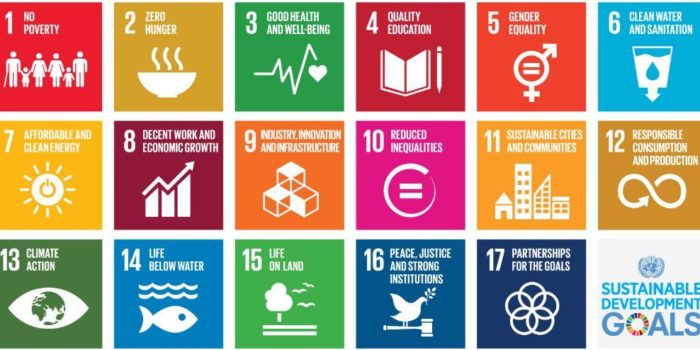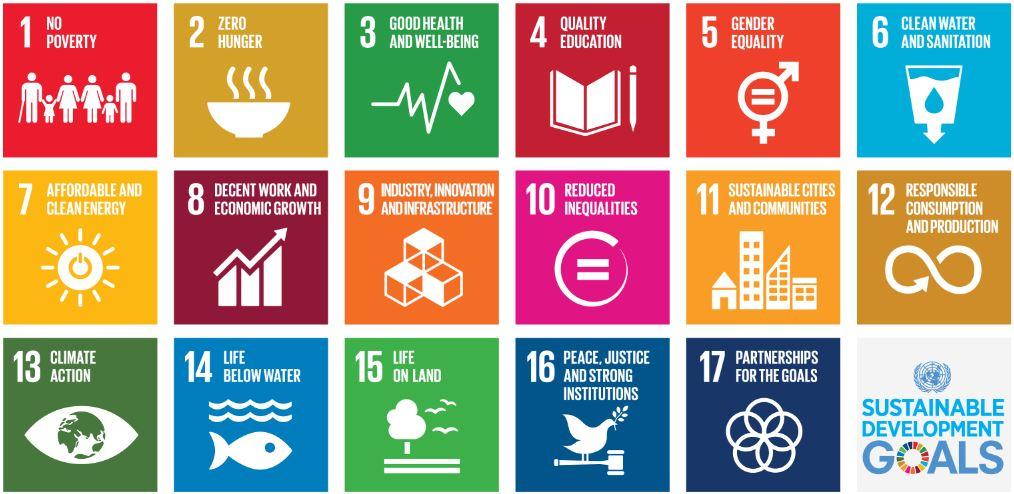
Sustainable Tourism Development: 3 Persuasive Points for Change
- 1.Sustainable Tourism Development: 3 Persuasive Points for Change
2017 was the ‘International Year of Sustainable Tourism.
This is a unique opportunity to build a more responsible and committed tourism sector that can capitalize its immense potential in terms of economic prosperity, social inclusion, peace and understanding, cultural and environmental preservation.
Even now, in 2018, It’s the perfect occasion to raise awareness about the potentials of sustainable tourism development to transform our world into a place of prosperity for all.
The 17 Sustainable Development Goals for 2017- 2030:
These are the officially listed goals for the year of sustainable tourism development in 2017:

The declaration from UNWTO for 2017 aims to support a change in policies (local administrations), business practices (tourism facilities) and consumer behaviour (tourists).
Take a look at how sustainable tourism is a key factor in three of the UNWTO’s 17 Sustainable Development Goals, meant to be achieved by 2030:
1. Sustainable Development Goal #8
Promote sustained, inclusive and sustainable economic growth, full and productive employment and decent work for all.
Responsible tourism reduces poverty by energizing local economies and creating jobs, business opportunities and social involvement. It also promotes cultural heritage, diversity and local products.
2. Sustainable Development Goal #12
Ensure sustainable consumption and production patterns.
Sustainable tourism uses natural resources efficiently. Eco-friendly systems and services consume less and reduce waste and pollution.
3. Sustainable Development Goal #14
Conserve and sustainably use the oceans, seas and marine resources for sustainable development.
This sustainable tourism development strategy focuses on preventing and reducing marine pollution, protecting coastal ecosystems, biodiversity and the environment.



